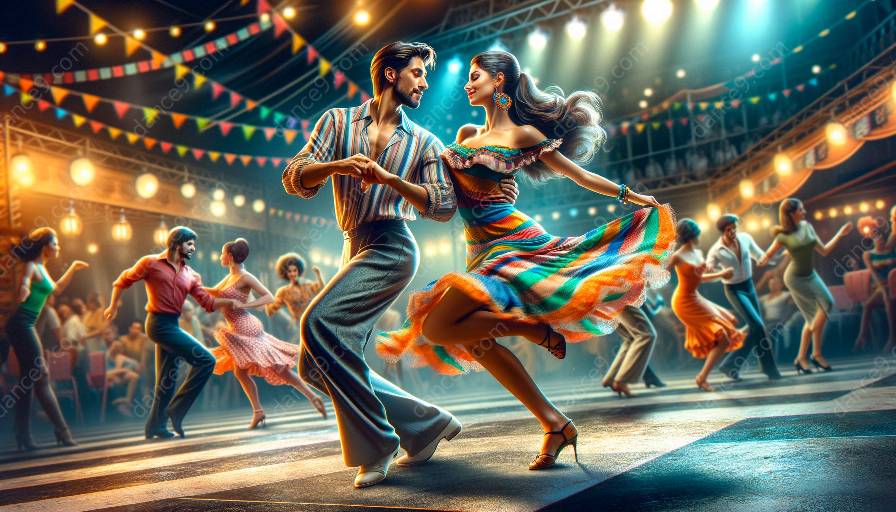Salsa Cubana is a vibrant and dynamic dance style that has captivated people around the world with its infectious rhythms, energetic movements, and rich cultural heritage. Within Salsa Cubana, there are choreographic shifts that have evolved over time, reflecting the fusion of traditional Cuban dance with contemporary influences. In this comprehensive exploration, we will delve into the intricacies of these choreographic shifts, their significance, and their impact on salsa dance classes.
Understanding Salsa Cubana
Before we delve into the choreographic shifts, it's important to understand the essence of Salsa Cubana. Rooted in the Afro-Cuban tradition, Salsa Cubana embodies a sense of joy, passion, and connection to its cultural roots. The dance is characterized by circular movements, intricate footwork, and a strong emphasis on partner connection, making it a social and interactive dance form.
Evolution of Choreography in Salsa Cubana
As with any dance form, Salsa Cubana has undergone various choreographic shifts throughout its history. These shifts have been influenced by cultural, social, and artistic factors, resulting in a dynamic and ever-evolving dance style.
Traditional Elements
The traditional choreography of Salsa Cubana is deeply rooted in Cuban folklore and traditional dance forms such as Son, Mambo, and Cha-cha-cha. The movements are characterized by fluid hip action, intricate footwork, and an expressive use of the arms to convey the emotions and stories embedded in the music.
Contemporary Influences
Over time, Salsa Cubana has integrated elements from other dance styles, such as jazz, hip-hop, and Afro-Caribbean dances. These influences have brought about new choreographic dynamics, incorporating spins, dips, and intricate partner work, while still retaining the essence of the traditional Cuban dance forms.
Significance in Salsa Dance Classes
The choreographic shifts in Salsa Cubana have a profound impact on salsa dance classes, as they reflect the dance's evolving nature and its ability to adapt to new cultural and artistic influences. Instructors often incorporate these shifts into their classes to provide students with a well-rounded understanding of the dance's history and evolution.
Preserving Cultural Heritage
While Salsa Cubana continues to evolve, it also serves as a means of preserving Cuban cultural heritage. The choreographic shifts in Salsa Cubana allow dancers to connect with and pay homage to the rich history and traditions of Cuban dance, fostering a deeper appreciation for the art form.
Community and Connection
Furthermore, Salsa Cubana's choreographic shifts emphasize the importance of connection and communication between dance partners. This sense of community and shared expression is a fundamental aspect of Salsa Cubana, and is instilled in students during salsa dance classes.
Conclusion
In conclusion, the choreographic shifts in Salsa Cubana represent the fusion of tradition and innovation, creating a dynamic and captivating dance form that continues to enthrall dancers and enthusiasts worldwide. Understanding these shifts is essential for anyone seeking to fully appreciate the cultural, historical, and artistic significance of Salsa Cubana within the context of salsa dance classes.













































































